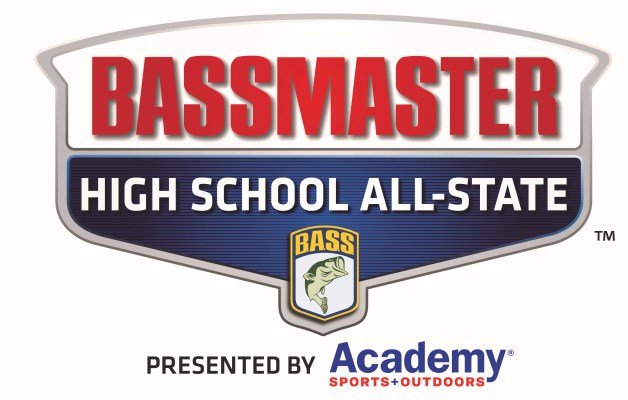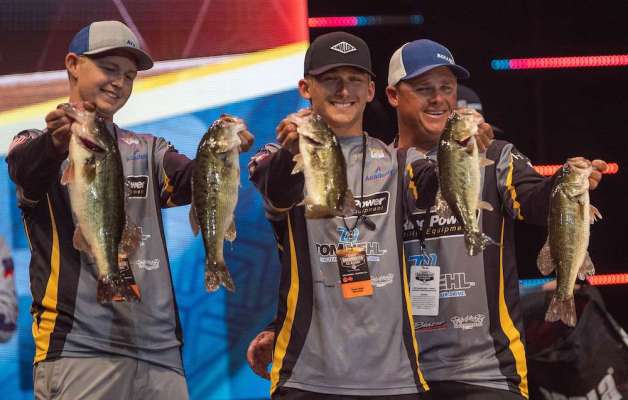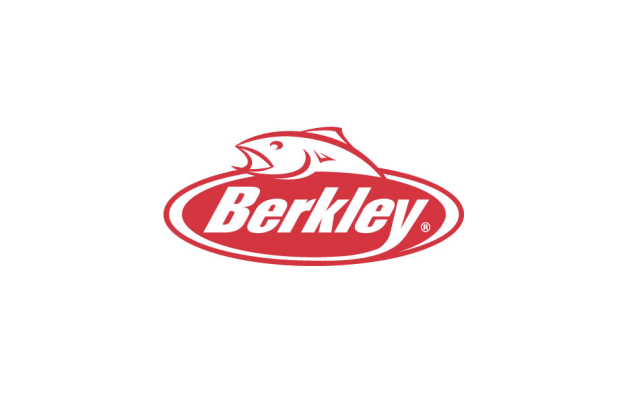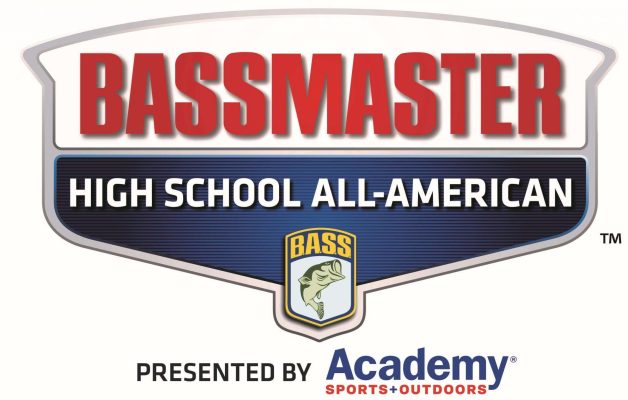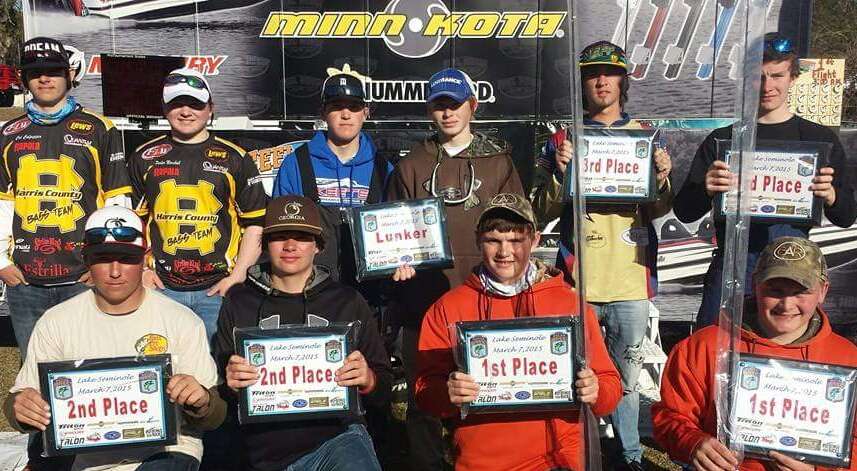
ATLANTA — The format change from Junior Bassmasters to the B.A.S.S. Nation High School program has boosted the Georgia B.A.S.S. Nation’s youth program.
Roy Mims, who has been the Georgia B.A.S.S. Nation youth director since 2009, said his state’s youth program has exploded ever since B.A.S.S. changed to the high school format. Georgia immediately changed over to the high school program three years ago and set up a tournament trail with five qualifying events and a state championship.
“We averaged 20 teams a tournament the first year,” said Mims, who recalls the teams were from seven high schools.
“Last year, we averaged about 50 teams a tournament and that was probably 20 or so different high schools. This year, we moved to eight tournaments because the kids just want the opportunities to fish as much as the adults do.”
Mims said the high school tournaments averaged 77 teams from about 30 schools this year. “It keeps getting bigger and bigger,” he said.
“The big thing is just getting the word out that the opportunity is there for the kids to fish these tournaments. We do everything we can by word of mouth, Facebook and so on.”
The tournament trail opens in March and ends with the state championship in October. Some of the stops on the trail include Seminole, West Point, Eufaula, Lanier and Clarks Hill reservoirs.
The high school teams qualify for the state championship by finishing in the Top 20 percent of one of the qualifying tournaments. Mims also asks the teams to fish four of the eight qualifying events to make the championship.
“We don’t have a hard number on that, but we ask them to support the program,” he said. “So those kids in March who qualify, we want them to keep fishing with us so we ask them to fish half of the tournaments. Most of them will be there anyway.”
Participating in a water willow planting project at West Point Lake is one new requirement Mims has added for high school teams to qualify for this year’s championship. Six high school teams helped with the first phase of the fish habitat project last year by planting 2,000 water willows in selected areas of West Point Lake.
“West Point is one of our tournament stops every year, so the high school anglers need to participate,” said Mims.


